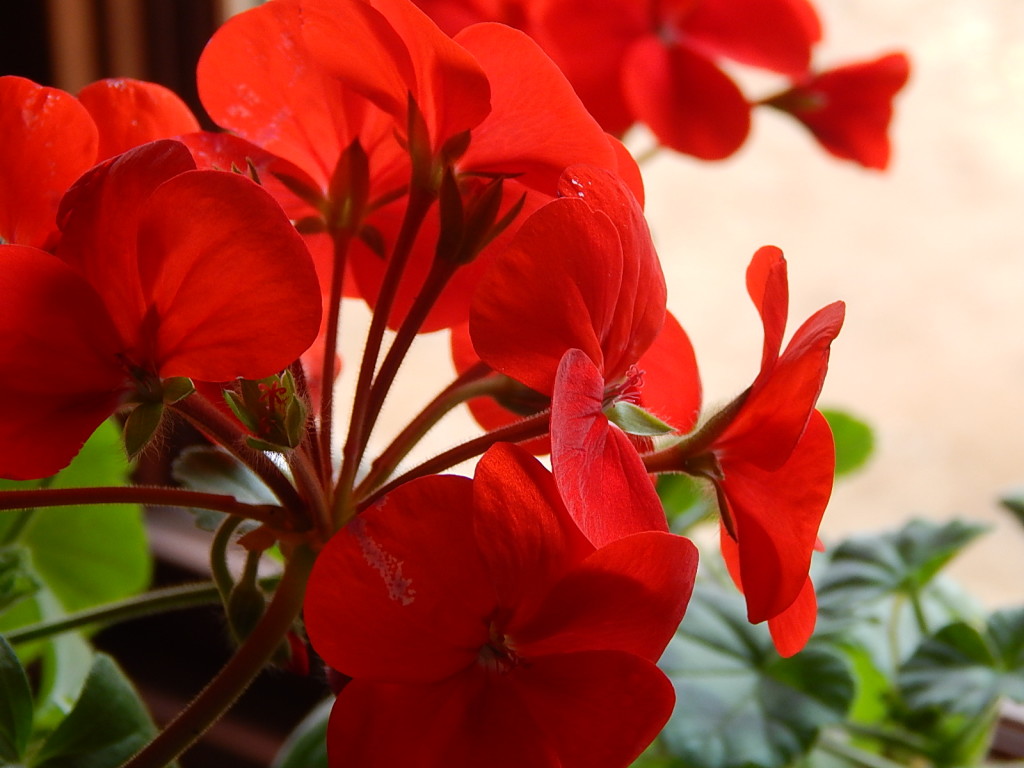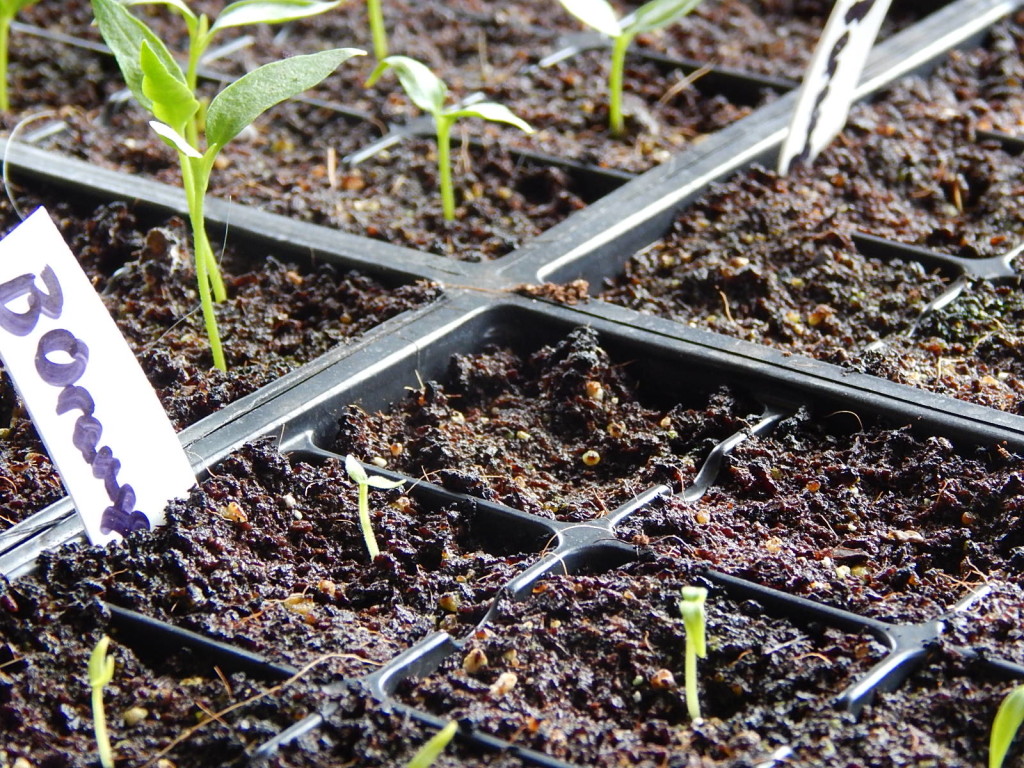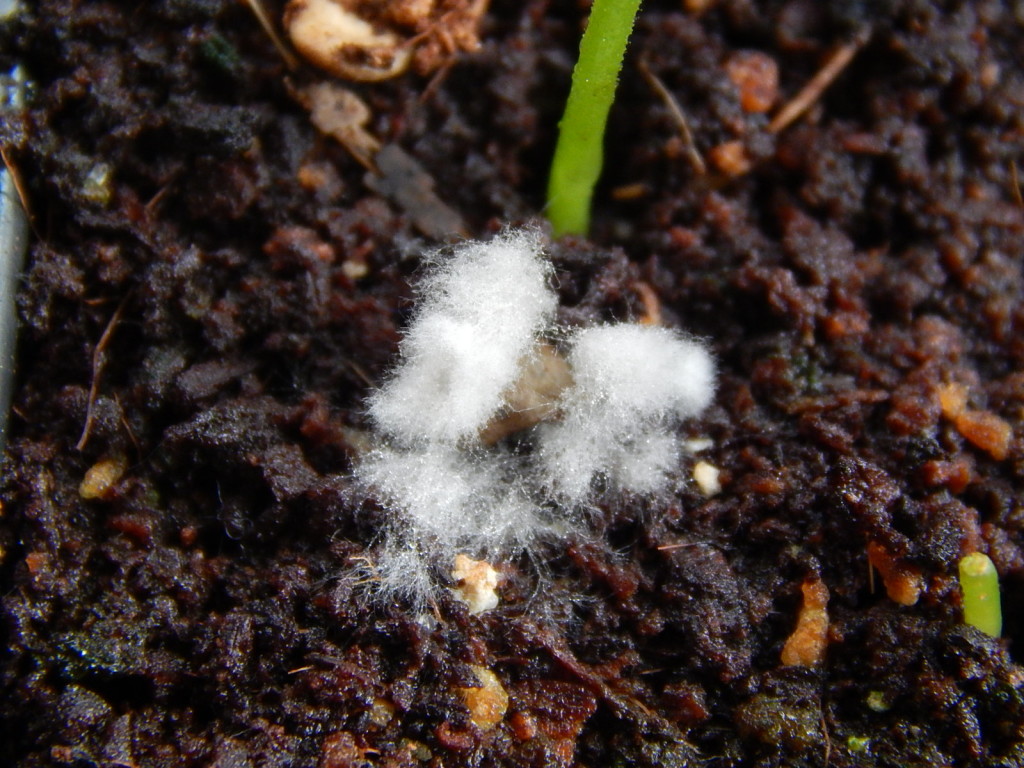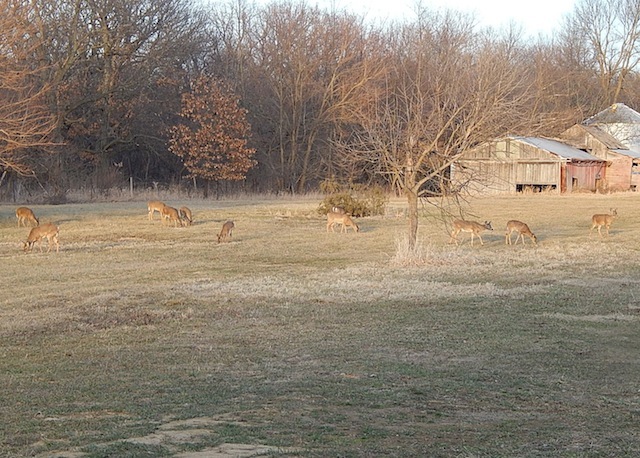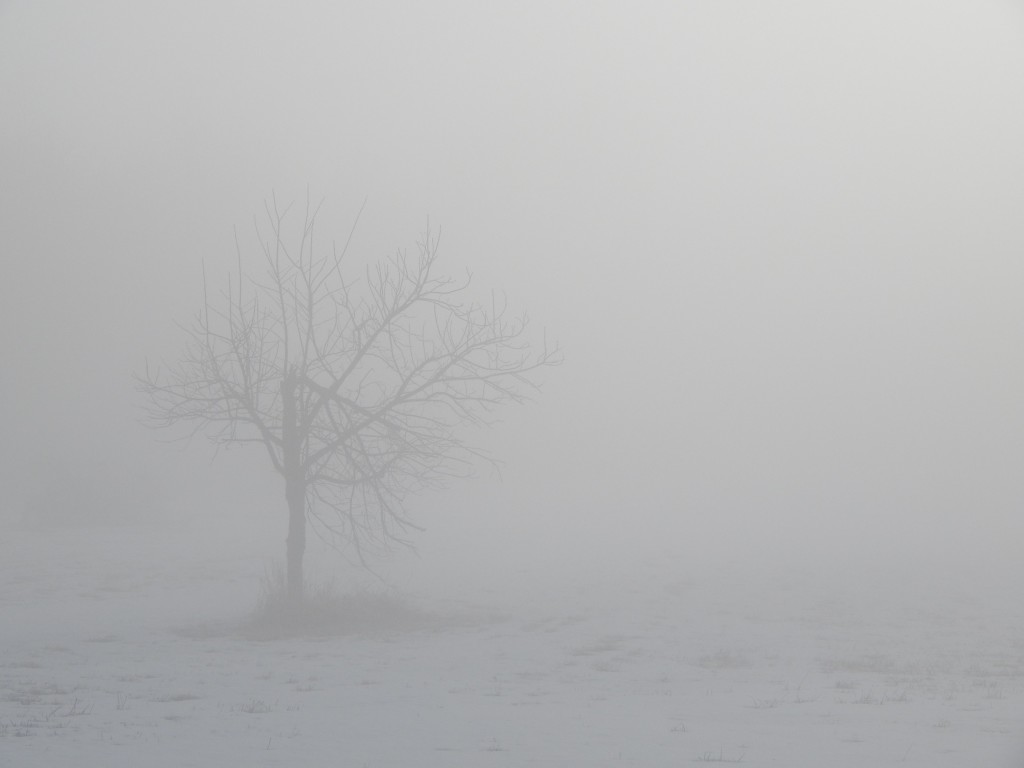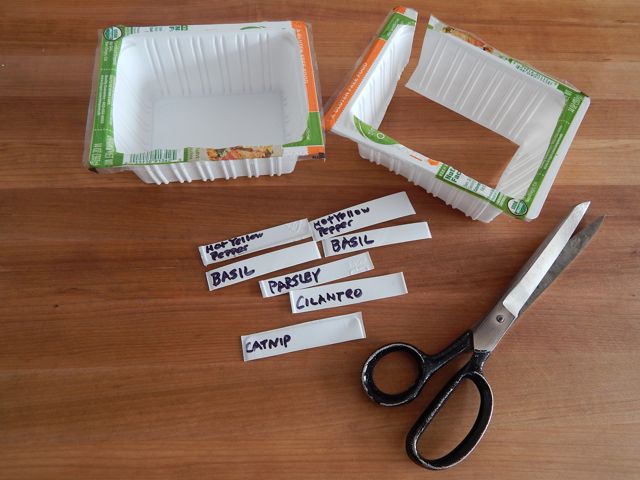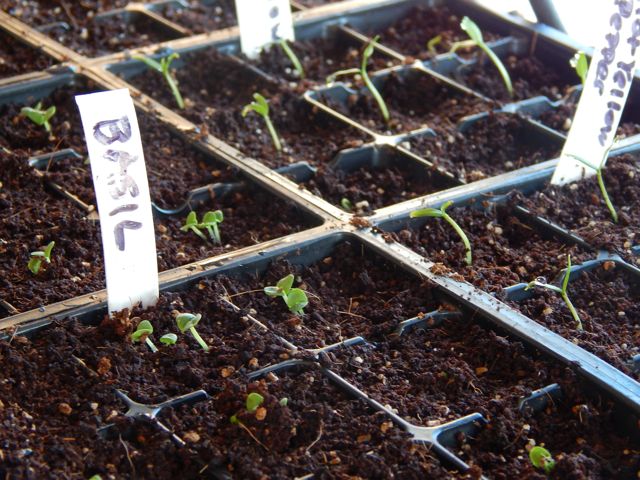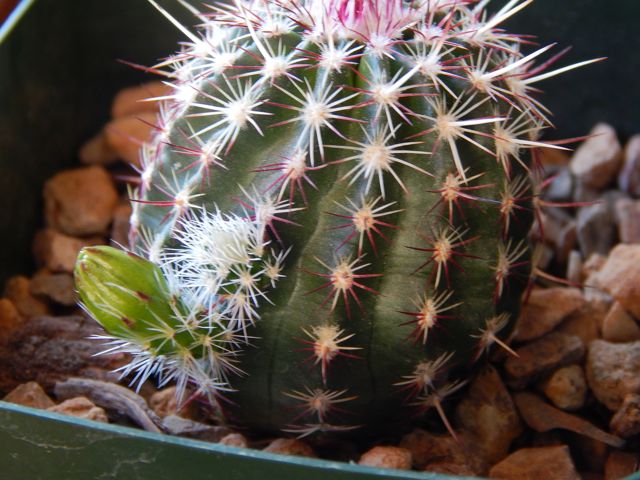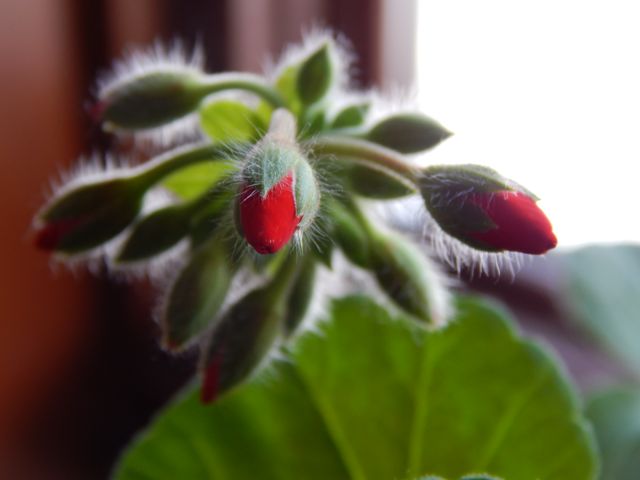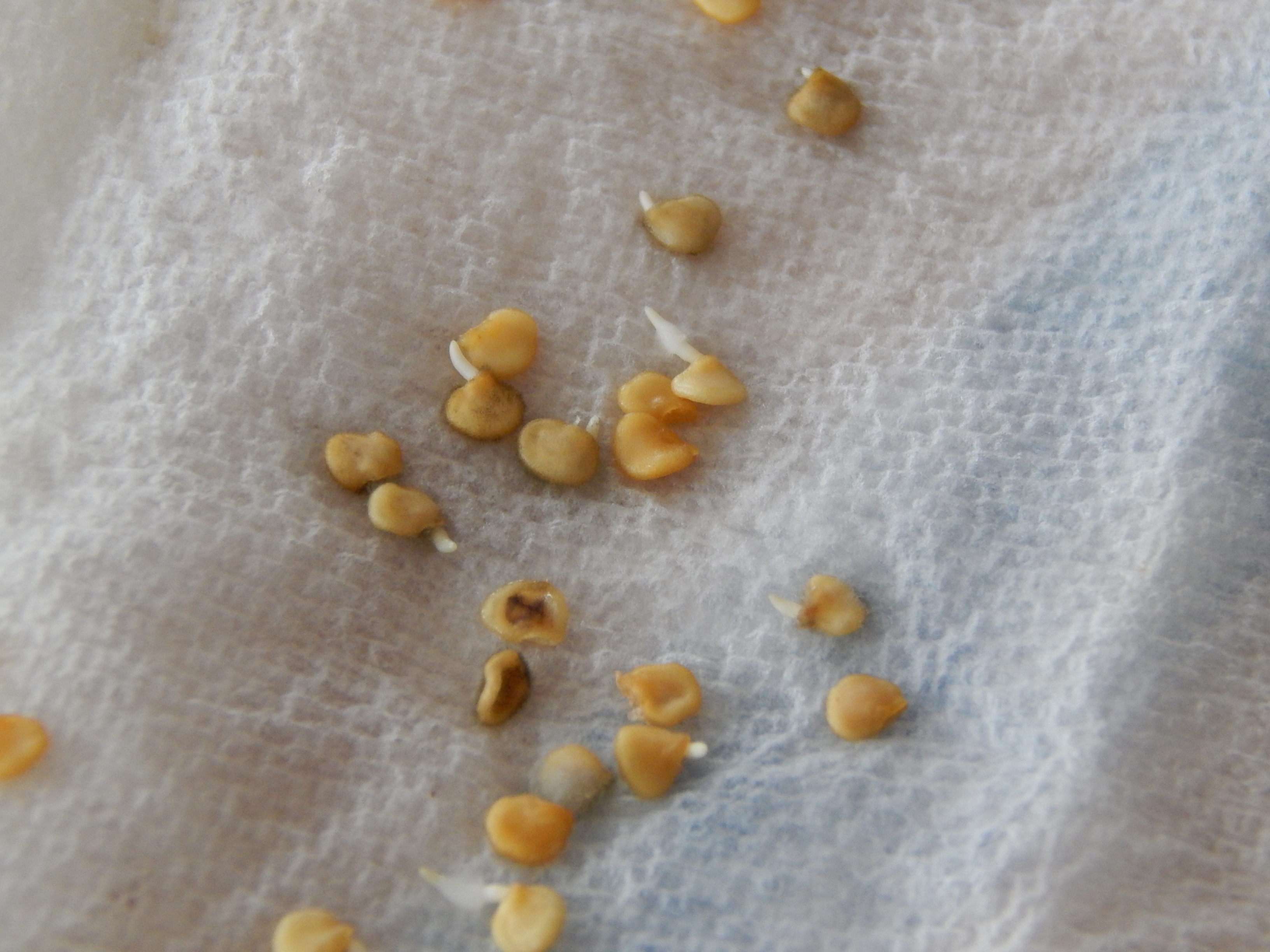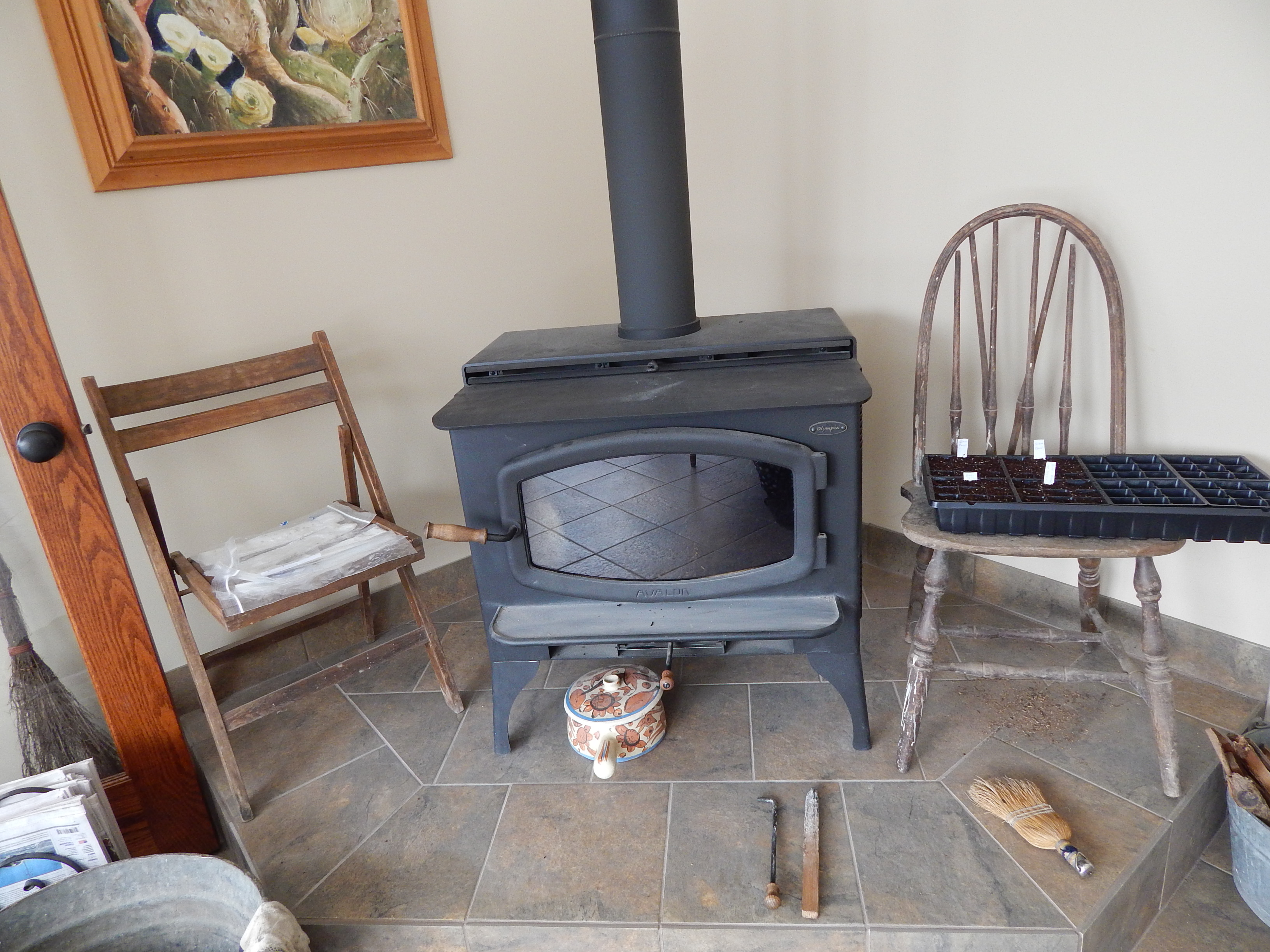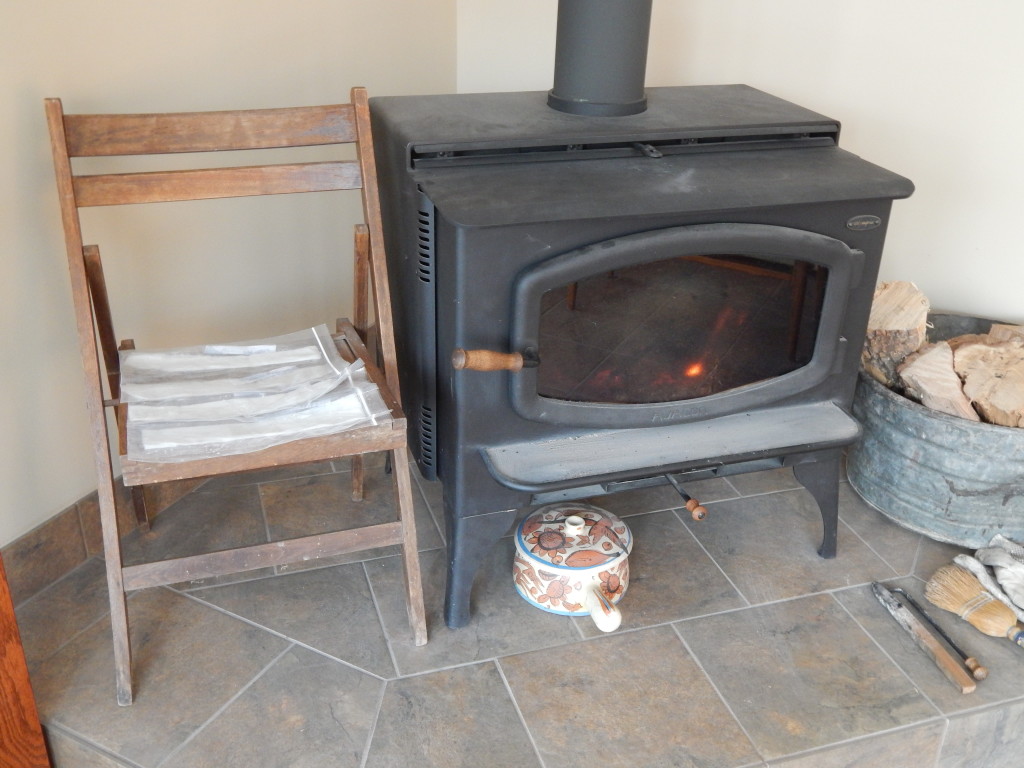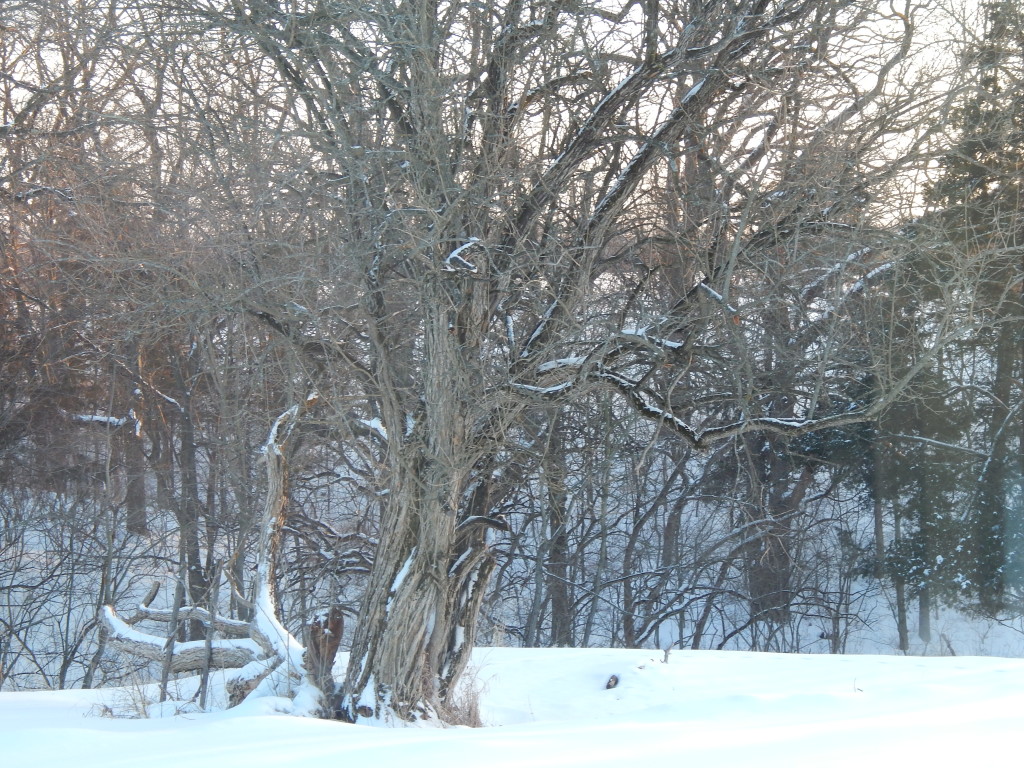Yesterday, I started a flat of broccoli. On Sunday after everyone left for Chicago, I spent the day planting seeds and transplanting seedlings. Now we have tomatillos, cherry tomatoes, lots of other tomatoes, lots of peppers (hot and sweet), sage, lemon balm, cilantro, basil, pumpkins, purple coneflower, black-eyed Susan, and parsley going.
The cactus bloomed just in time for B & E’s arrival. We spent the weekend circling around the flower, enjoying its opening and closing at dawn and dusk. The geranium is in full flower.
Thinning seedlings is very difficult for me because I feel like I’m snuffing tiny babies. Nonetheless, one has to do it. With herbs, it’s a little easier because I can toss the seedlings in a salad and feel like it was meant to be. This is the first real leaf on the cilantro; note the difference from the proto-leaves.
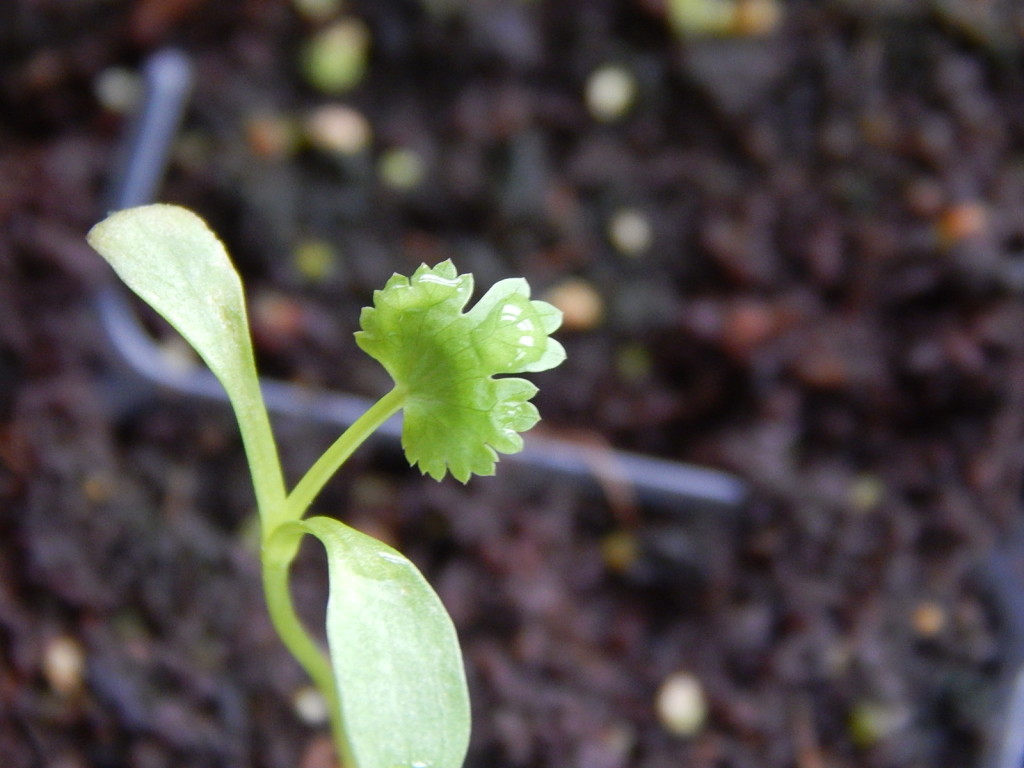 I had completely given up on the hot orange peppers I got from the Breslins. Three weeks after the yellow ones sprouted, they finally popped up! I was on the verge of planting something else in the cells. Only eight out of eighteen have come up.
I had completely given up on the hot orange peppers I got from the Breslins. Three weeks after the yellow ones sprouted, they finally popped up! I was on the verge of planting something else in the cells. Only eight out of eighteen have come up.
We’ve been having snow, rain, and generally cold, overcast days and my seedlings are suffering. Today I found mold! I’m going to start a fire to try to dry out and warm up the air.


